
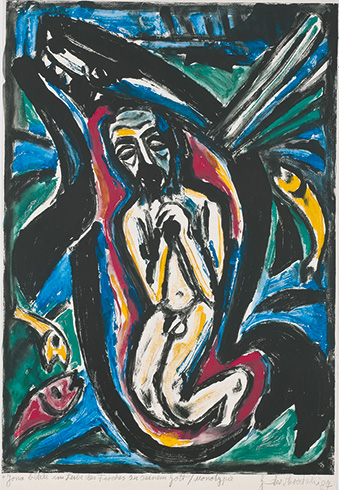
(Fig. 21) Günter Skrodzki (1935–2012), monotype from the cycle Jonah and the large fish, c. 1980.
Cf. Jonah 1,17: Now the LORD provided a huge fish to swallow Jonah, and Jonah was in the belly of the fish three days and three nights.
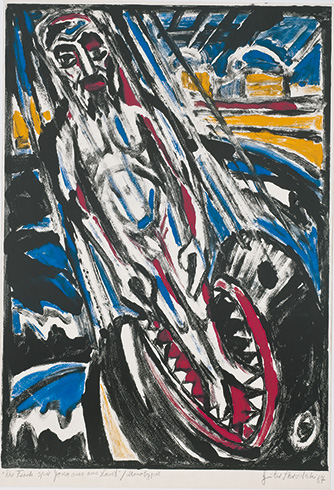
(Fig. 22) Günter Skrodzki (1935–2012), monotype from the cycle Jonah and the large fish, c. 1980.
Cf. Jonah 2,10: And the LORD commanded the fish, and it vomited Jonah onto dry land.
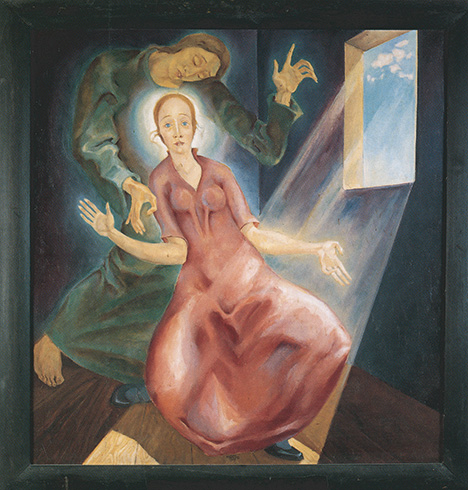
(Fig. 23) Max Kahlke (1892–1928), 'The Annunciation', large altar of Mary (left inside panel), oil, 1927, St. Peter's Cathedral / Schleswig.
Cf. Luke 1,28-33: The angel went to her and said, "Greetings, you who are highly favored! The Lord is with you." Mary was greatly troubled at his words and wondered what kind of greeting this might be. But the angel said to her, "Do not be afraid, Mary; you have found favor with God. You will conceive and give birth to a son, and you are to call him Jesus. He will be great and will be called the Son of the Most High. The Lord God will give him the throne of his father David, and he will reign over Jacob’s descendants forever; his kingdom will never end."
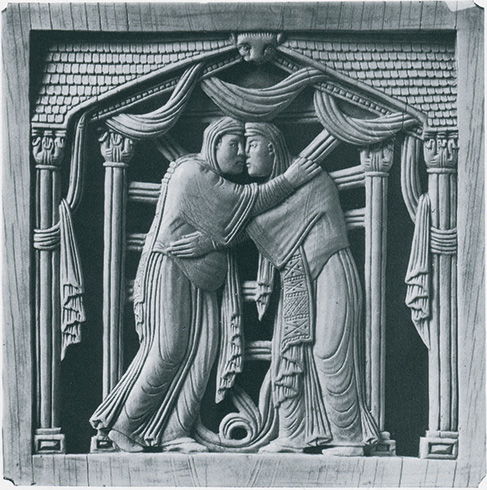
(Fig. 24) Ivory plaque from the Magdeburg Antependium, 'Visitation', c. 970, Bavarian National Museum / Munich.
Cf. Luke 1,41-45: When Elizabeth heard Mary’s greeting, the baby leaped in her womb, and Elizabeth was filled with the Holy Spirit. In a loud voice she exclaimed: “Blessed are you among women, and blessed is the child you will bear! But why am I so favored, that the mother of my Lord should come to me? As soon as the sound of your greeting reached my ears, the baby in my womb leaped for joy. Blessed is she who has believed that the Lord would fulfill his promises to her!”
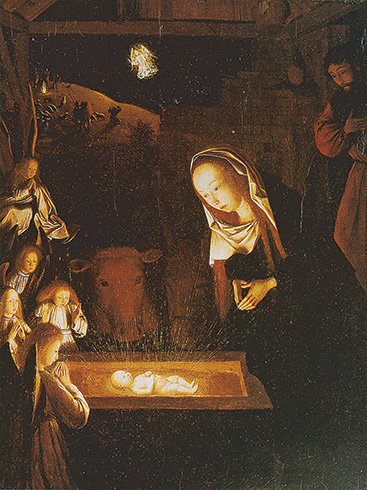
(Fig. 25) Geertgen tot Sint Jans (c. 1465–1495), 'The birth' (in the background the annunciation to the shepherds), oil, c. 1480/1485, National Gallery / London.
Cf. Luke 2,8-14: And there were shepherds living out in the fields nearby, keeping watch over their flocks at night. An angel of the Lord appeared to them, and the glory of the Lord shone around them, and they were terrified. But the angel said to them, "Do not be afraid. I bring you good news that will cause great joy for all the people. Today in the town of David a Savior has been born to you; he is the Messiah, the Lord. This will be a sign to you: You will find a baby wrapped in cloths and lying in a manger." Suddenly a great company of the heavenly host appeared with the angel, praising God and saying, "Glory to God in the highest heaven, and on earth peace to those on whom his favor rests."
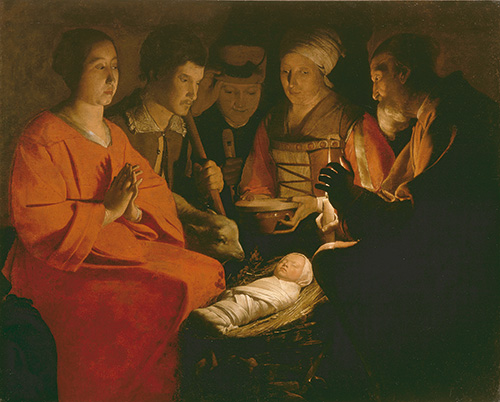
(Fig. 26) Georges de la Tour (1593–1652), 'Adoration of the shepherds', oil, c. 1644, Musée du Louvre / Paris.
Cf. Luke 2,15f: When the angels had left them and gone into heaven, the shepherds said to one another, "Let’s go to Bethlehem and see this thing that has happened, which the Lord has told us about." So they hurried off and found Mary and Joseph, and the baby, who was lying in the manger.
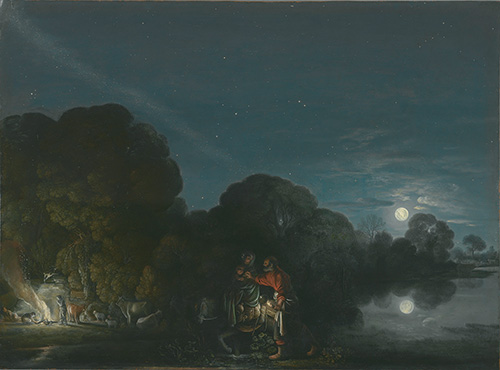
(Fig. 27) Adam Elsheimer (1578–1610), 'The flight into Egypt', oil/copperplate, 1609, Alte Pinakothek / Munich.
Cf. Matthew 2,13-15: When they had gone, an angel of the Lord appeared to Joseph in a dream. "Get up," he said, "take the child and his mother and escape to Egypt. Stay there until I tell you, for Herod is going to search for the child to kill him." So he got up, took the child and his mother during the night and left for Egypt, where he stayed until the death of Herod. And so was fulfilled what the Lord had said through the prophet: "Out of Egypt I called my son."
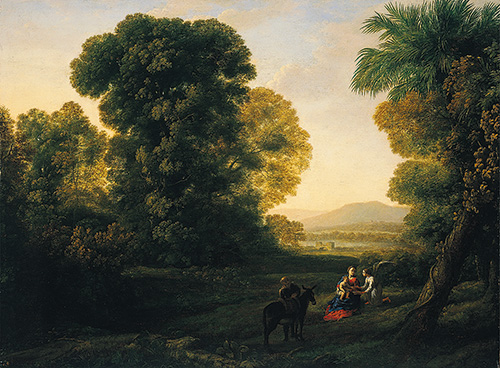
(Fig. 28) Claude Lorrain (1600–1682), 'Landscape with the rest on the flight into Egypt', oil, c. 1635, Hamburg Kunsthalle.
Cf. Matthew 2,16-18: When Herod realized that he had been outwitted by the Magi, he was furious, and he gave orders to kill all the boys in Bethlehem and its vicinity who were two years old and under, in accordance with the time he had learned from the Magi. Then what was said through the prophet Jeremiah was fulfilled: "A voice is heard in Ramah, weeping and great mourning, Rachel weeping for her children and refusing to be comforted, because they are no more."
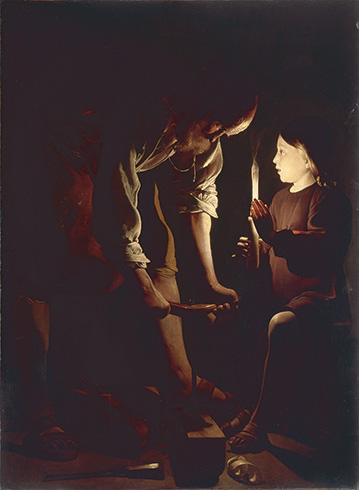
(Fig. 29) Georges de la Tour (1593–1652), 'Joseph the carpenter', oil, c. 1640, Musée du Louvre / Paris.
Cf. Matthew 13,55: “Isn’t this the carpenter’s son? Isn’t his mother’s name Mary, and aren’t his brothers James, Joseph, Simon and Judas?
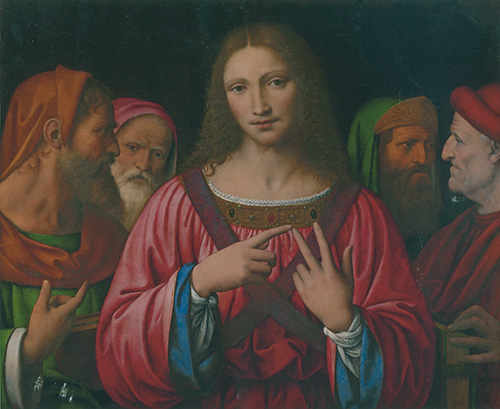
(Fig. 30) Bernadino Luini (c. 1480–1532), 'Christ among the doctors', oil, probably c. 1515–1530, National Gallery / London.
Cf. Luke 2,45-47: When they did not find him, they went back to Jerusalem to look for him. After three days they found him in the temple courts, sitting among the teachers, listening to them and asking them questions. Everyone who heard him was amazed at his understanding and his answers.
